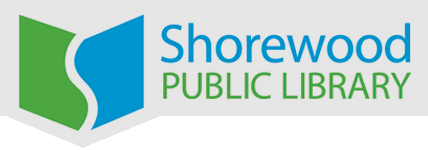Posted May 7, 2017
Finding just the right book for a young independent reader can be a little like visiting the library with Goldilocks. Some books are too easy. Some books are too hard. We all want the one that is “just right.” If children only choose books that are easy for them to read, they will never improve their reading skills. If they choose books that are too difficult to read, they will become frustrated and began to view reading as a punishing struggle.
There are several “leveling” systems to help identify those books that are “just right” for your child’s reading skills. Leveling systems assign ratings or levels to individual books, based on reading difficulty. Children’s reading skills are also rated in an effort to match child and book. Each system uses a unique set of criteria to determine levels. It can be confusing for parents to sort through so we offer some brief descriptions of a few of the most well-known leveling systems.
Lexile is one of the most well-known and widely used leveling systems. Lexile uses a numbering system. Teachers used standardized assessments to determine a student’s Lexile level or reading ability. Books and other texts are also analyzed to determine reading difficulty. Lexile level is determined by vocabulary complexity and sentence length and difficulty. Lexile measures don’t consider age appropriateness or literary quality. Lexile reading levels for many children’s books are listed on the MCFLS CountyCat.
The Shorewood School system uses the Fountas & Pinell Text Gradiant System. F&P assigns letter ratings from A to Z to texts and readers. Students’ reading levels are evaluated in a number of ways including testing, discussion, and teacher observation. Accuracy, comprehension, understanding, and fluency are included in the evaluation. Like Lexile, F&P rates word complexity and sentence structure to rate texts. It also evaluates content, themes, literary features, book features, and illustrations.
The Five Finder Rule is a quick on-the-spot way to get a sense of a child’s ability to read a book. Have a child choose a page in the book (not the first page) and start reading. Raise a finger for each word the child cannot read. At the end of the page, if five or more fingers are raised, the book will be too difficult. If no fingers are raised, the book will be very easy to read. Two to three raised fingers is considered “just right.” The Five Finger Rule only evaluates word complexity and reading ability.
The Fry Readability formula is often used to rate the difficulty of adult reading material. So when you are told those “how to” instructions were written at a fourth grade reading level it, they were evaluated using a Fry Scale. The Fry Scale uses the average number of sentences and syllables per 100 words to determine reading difficulty.
Generally, public libraries do not use leveling systems to organize reading materials. While these ratings can be very helpful in matching a book to a child’s current reading ability, they are limited. All leveling systems evaluate the mechanics of reading skill development. That is only one part of creating a reader. Motivation – the love of books and reading – creates life-long readers. We want children to be excited about books and learning. We know that children are often fascinated by topics and books above their reading ability. We also know that interest in a topic will often encourage children to “stretch” and read above their usual skill level. Children’s interest in books above their reading levels also provides a great opportunity for family sharing. Reading together encourages children’s intellectual curiosity, provides a great springboard for discussion, and creates a natural bonding time.
While we encourage you and your children to explore all of our library collections, we know it’s a little easier with some direction. For that reason, Shorewood Library created some “zones” within the children’s book collection. Children’s Fiction is divided into Picture Books (Pic), Beginning or “Easy” Readers (E), Intermediate Chapter Books (MID) and Fiction for Older Readers (JFic). We also have this leveling chart available, so when your child’s teacher tells you to find some “N” books you will know where to start. Of course, our librarians are happy to help.
Share This:
